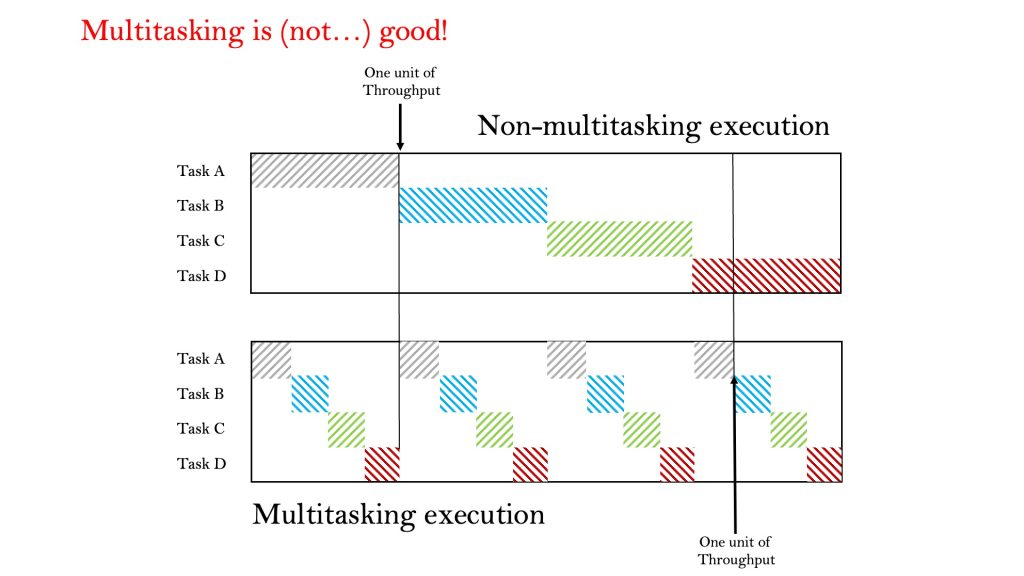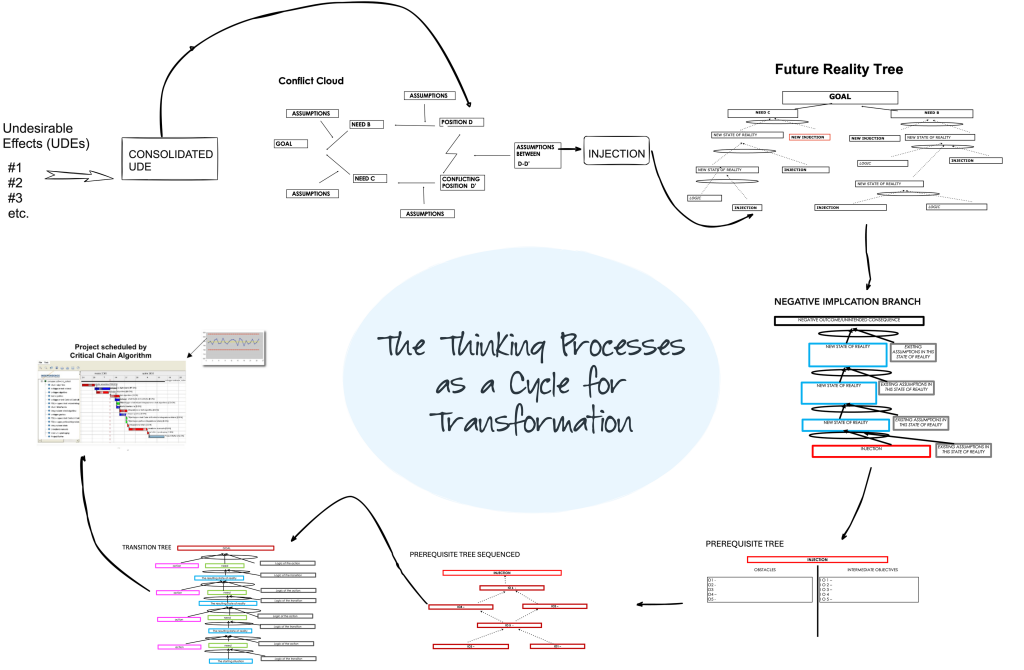
Most projects still fail, but a project management breakthrough radically improves project management immediately.
Despite decades of project management methodologies, most projects still finish late, run over budget, or fail to meet expectations. Companies invest in Gantt charts, Agile sprints, software platforms, PM certifications… yet the same problems keep resurfacing. The uncomfortable truth? The root causes are not procedural — they’re systemic. To solve them, we need to stop tweaking tools and start rethinking how we manage execution itself. In this post, we’ll explore 10 of the most common project management pain points — and how a powerful yet underutilized project management breakthrough called Critical Chain Project Management (CCPM) addresses them at the root.
1. Scope Creep & Unclear Requirements
“We thought we were building A. The client expected B. Now we’re stuck delivering C.”
Vague or shifting requirements derail teams early on. Traditional methods respond with more checkpoints and documents — which often just add complexity.
🔄 Critical Chain instead accepts that variability is natural. It uses a single project buffer to absorb change and protect delivery — without burning out teams.
2. Unrealistic Deadlines & Overload
Most schedules are built backwards from a target date — with poorly estimated task durations and zero margin for error.
CCPM takes a different approach:
✅ Use realistic estimates, then aggregate safety into a single project buffer.
✅ Stop asking teams to pad every task — and start managing uncertainty centrally through the buffer.
3. Multitasking Kills Flow
Teams are often overloaded with too many priorities at once. The result? Context switching, delays, and diluted focus.
Critical Chain enforces clear task priorities, with zero multitasking, and ensures people work only on what truly matters: the critical chain.

4. Risk Isn’t Managed — It’s Ignored
Most risk registers get filled out, filed away, and forgotten… until it’s too late.
CCPM doesn’t just track risks — it builds resilience directly into the plan. Buffers serve as shock absorbers, enabling teams to manage variability dynamically and proactively.
5. Communication Breakdown
Projects stall when teams lack a shared view of what’s important.
CCPM uses buffer status and task priorities to align everyone — from executives to developers — around a single, visible plan.
No more siloed updates. Just clear signals and shared goals.
6. Lack of Real-Time Control
Traditional methods rely on backward-looking metrics like “% complete,” which can obscure the truth.
CCPM gives teams real-time feedback via buffer consumption, helping them detect early warning signs and respond before delays spiral.
At Intelligent Management, we apply Statistical Process Control to the Project Buffer to provide even deeper real-time insight.
7. Bottlenecks Go Unnoticed
In most organizations, resource constraints are invisible until projects stall.
CCPM identifies the true constraint in the system and protects it. Instead of overloading teams equally, it focuses flow through the most critical path.
At Intelligent Management, our Ess3ntial software for multi-project highlights the criticality of competencies, alerting to possible shortages.
8. Local Optimization, Global Failure
Each department might hit its KPIs… while the overall project fails.
Why? Because local efficiency doesn’t guarantee system performance.
CCPM aligns all teams to the critical chain — the real path to project completion — and discourages work that doesn’t directly serve that goal.
9. No Learning Loop
Projects often end with a final sprint and a sigh of relief — then it’s on to the next one.
CCPM makes systemic improvement visible by tracking where buffers are consumed, revealing where improvements are needed for future projects.
10. Leadership Without Leverage
Even engaged executives can find themselves in the dark — relying on fragmented reports and firefighting from a distance.
CCPM offers a clear project dashboard and a shared language to guide meaningful interventions — not micromanagement.
🔍 So… Why Critical Chain?
Critical Chain is not another layer of complexity.
It’s a paradigm shift — away from control through task-by-task precision, and toward flow, focus, and system performance.
✅ It replaces multitasking with prioritization
✅ It replaces padded schedules with single project buffers
✅ It replaces chaos with clarity
And the results speak for themselves:
Organizations that adopt CCPM often cut project durations by 25–50%, with fewer delays and less stress.
11. Lack of Thorough Thinking
Many projects are not thought through from a strategic solution all the way through to the individual tasks. At Intelligent Management we guide organizations to use the thinking Processes from the theory of Constraints as a method to clearly define the goal of a project and make sure a project is in fact a valid solution, to check fo positive and potential negative implications and to build a robust and visible roadmap.

A project management breakthrough that led to a breakthrough in a software
At Intelligent Management, we have made our own breakthrough with Critical Chain. Our Ess3ntial software is probably the only true multi-project platform available (as opposed to multi single project.)
📩 Ready to Rethink Project Management?
If any of the pain points above sound familiar, it’s time to explore Critical Chain. Critical Chain is not just a technique. It’s a breakthrough method. Our team has had the privilege of helping organizations adopt Critical Chain since it was first introduced.
Reach out to us at intelligentmanagement@sechel.ws and start a conversation about how we help organizations implement CCPM and achieve breakthrough performance in project delivery.
To find out more about ten guided steps to a systemic leap in performance for your company, contact Angela Montgomery at: intelligentmanagement@sechel.ws
SCHEDULE AN INTRODUCTORY CALL WITH US

Intelligent Management works with decision makers with the authority and responsibility to make meaningful change to optimize your company for the digital age. We have helped dozens of organizations to adopt a systemic approach to manage complexity and radically improve performance and growth for over 25 years through our Decalogue management methodology. The Network of Projects organization design we developed is supported by our Ess3ntial software for multi-project finite scheduling based on the Critical Chain algorithm.
See our latest books: The Human Constraint from Routledge; From Silos to Networks: A New Kind of Science for Management from Springer; Moving the Chains: An Operational Solution for Embracing Complexity in the Digital Age by our Founder Dr. Domenico Lepore, and ‘Quality, Involvement, Flow: The Systemic Organization’ from CRC Press, New York by Dr. Domenico Lepore, Dr. Angela Montgomery and Dr. Giovanni Siepe.





Leave a Reply